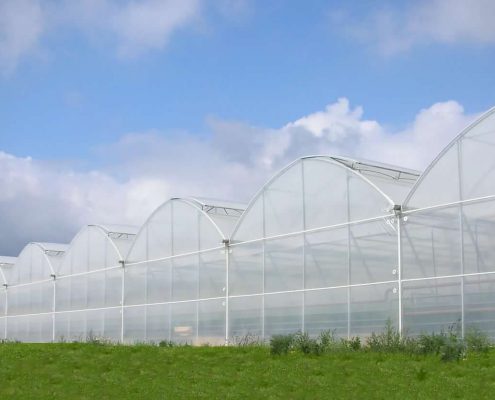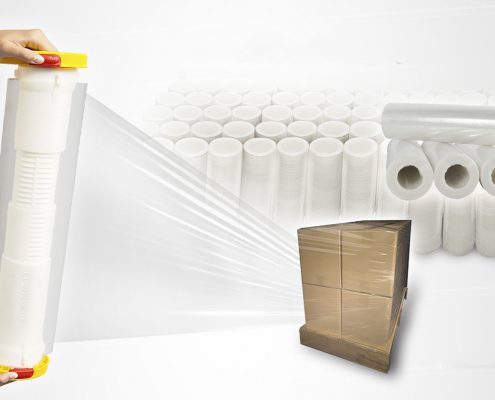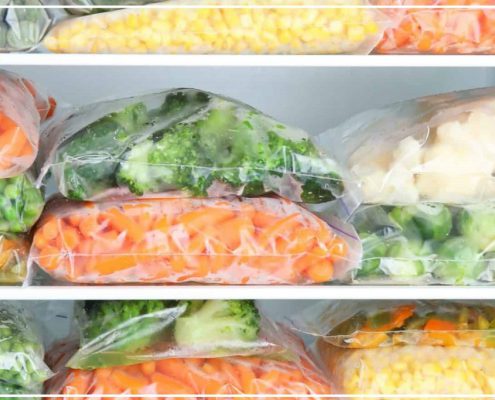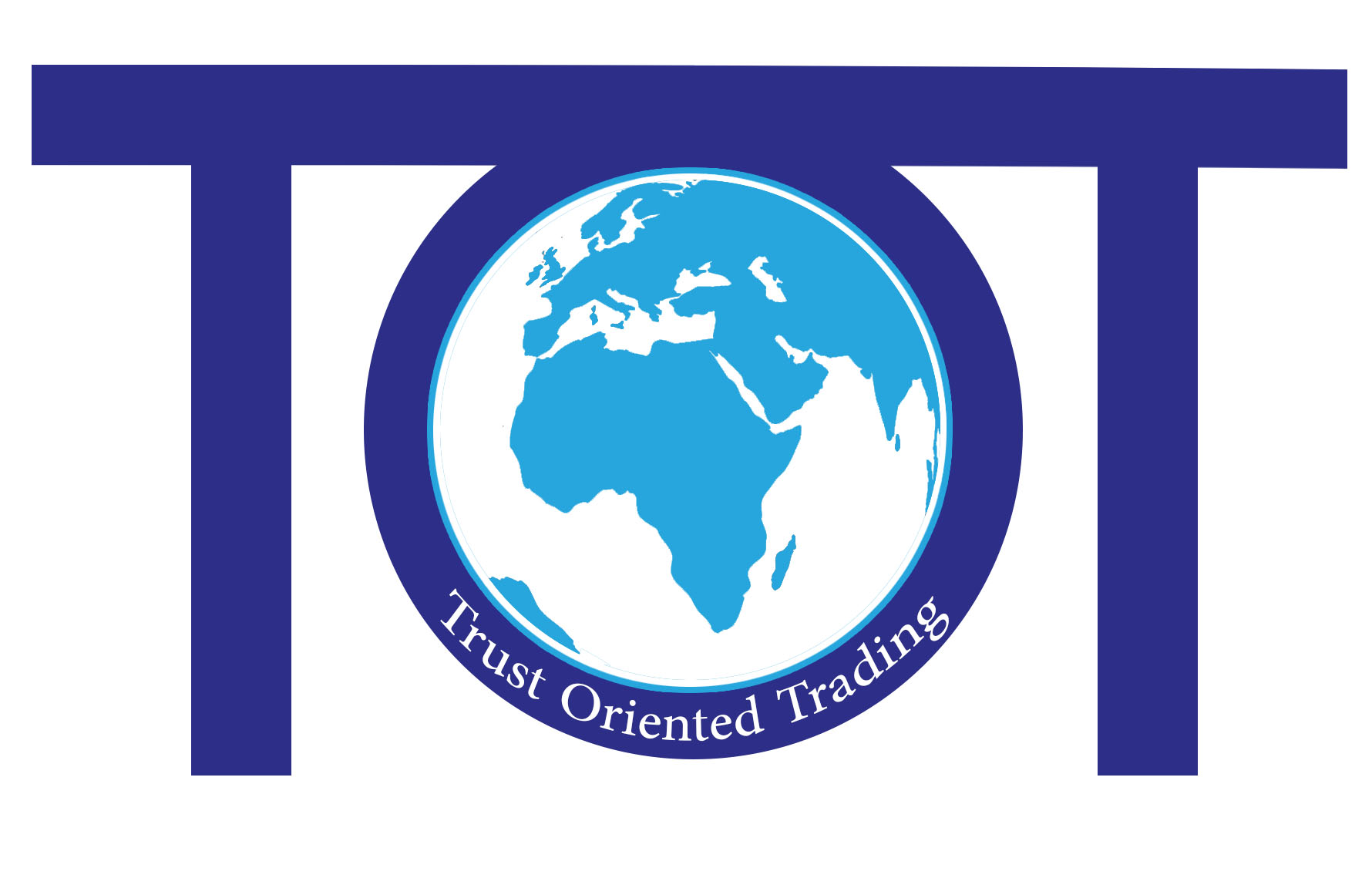 https://cdn.ov2.com/content/tot_emccom_ov2_com/wp-content_85/uploads/2023/04/1634311612_41-p-teplitsi-v-dagestane-foto-48.jpg
828
1339
modir
https://cdn.ov2.com/content/tot_emccom_ov2_com/wp-content_85/uploads/2023/09/tot22-cy-new-color-vector.jpg
modir2023-04-11 11:11:182023-08-01 00:26:00Greenhouse and Agricultural Plastic
https://cdn.ov2.com/content/tot_emccom_ov2_com/wp-content_85/uploads/2023/04/1634311612_41-p-teplitsi-v-dagestane-foto-48.jpg
828
1339
modir
https://cdn.ov2.com/content/tot_emccom_ov2_com/wp-content_85/uploads/2023/09/tot22-cy-new-color-vector.jpg
modir2023-04-11 11:11:182023-08-01 00:26:00Greenhouse and Agricultural PlasticPlastic Applications in the Food Industry
Plastic is widely used in the food industry due to its versatility, durability, and cost-effectiveness. Here are some common uses of plastic in the food industry:
Packaging: Plastic is used extensively in food packaging, including containers, bags, wraps, and trays. It can help preserve the freshness and quality of food, protect it from contamination, and make it easier to transport and store.
Food wrapping: Plastic wrap is often used to cover food items to keep them fresh and prevent spoilage.
Utensils and cutlery: Plastic forks, spoons, and knives are often used in fast food restaurants and other food service establishments due to their low cost and convenience.
Bottles, jars and containers: Plastic bottles and containers are frequently used for bottling beverages, sauces, and condiments.
Liners: Plastic liners are used to line cans and other food storage containers to prevent corrosion, contamination, and flavor transfer.
Insulation: Foam plastic insulation is sometimes used in refrigeration units to help maintain a consistent temperature.
Display cases: Clear plastic display cases are often used to showcase bakery items, deli meats, and other food products.
Food service items: Plastic cups, plates, and bowls are commonly used in food service settings, such as cafeterias and restaurants.
Processing equipment: Plastic is used in the manufacture of food processing equipment such as conveyor belts, mixing bowls, and cutting boards.

While plastic has many advantages in the food industry, it is important to note that certain types of plastic can leach chemicals into food if they are heated or damaged. Therefore, it is important to use food-grade plastics that are specifically designed for food contact applications and to avoid using plastics that are not intended for use with food. Additionally, proper disposal of plastic food packaging and utensils is crucial to reduce environmental waste and pollution.
Our Plastic Products
 https://cdn.ov2.com/content/tot_emccom_ov2_com/wp-content_85/uploads/2023/04/1634311612_41-p-teplitsi-v-dagestane-foto-48.jpg
828
1339
modir
https://cdn.ov2.com/content/tot_emccom_ov2_com/wp-content_85/uploads/2023/09/tot22-cy-new-color-vector.jpg
modir2023-04-11 11:11:182023-08-01 00:26:00Greenhouse and Agricultural Plastic
https://cdn.ov2.com/content/tot_emccom_ov2_com/wp-content_85/uploads/2023/04/1634311612_41-p-teplitsi-v-dagestane-foto-48.jpg
828
1339
modir
https://cdn.ov2.com/content/tot_emccom_ov2_com/wp-content_85/uploads/2023/09/tot22-cy-new-color-vector.jpg
modir2023-04-11 11:11:182023-08-01 00:26:00Greenhouse and Agricultural Plastic https://cdn.ov2.com/content/tot_emccom_ov2_com/wp-content_85/uploads/2023/04/El-Tipi-Strec2.jpg
853
1280
modir
https://cdn.ov2.com/content/tot_emccom_ov2_com/wp-content_85/uploads/2023/09/tot22-cy-new-color-vector.jpg
modir2023-04-11 09:46:532023-08-01 00:26:20Polypropylene Stretch Film
https://cdn.ov2.com/content/tot_emccom_ov2_com/wp-content_85/uploads/2023/04/El-Tipi-Strec2.jpg
853
1280
modir
https://cdn.ov2.com/content/tot_emccom_ov2_com/wp-content_85/uploads/2023/09/tot22-cy-new-color-vector.jpg
modir2023-04-11 09:46:532023-08-01 00:26:20Polypropylene Stretch Film https://cdn.ov2.com/content/tot_emccom_ov2_com/wp-content_85/uploads/2023/04/347.jpg
683
1536
modir
https://cdn.ov2.com/content/tot_emccom_ov2_com/wp-content_85/uploads/2023/09/tot22-cy-new-color-vector.jpg
modir2023-04-10 12:38:482023-08-01 00:29:08Freezer Bag
https://cdn.ov2.com/content/tot_emccom_ov2_com/wp-content_85/uploads/2023/04/347.jpg
683
1536
modir
https://cdn.ov2.com/content/tot_emccom_ov2_com/wp-content_85/uploads/2023/09/tot22-cy-new-color-vector.jpg
modir2023-04-10 12:38:482023-08-01 00:29:08Freezer Bag https://cdn.ov2.com/content/tot_emccom_ov2_com/wp-content_85/uploads/2023/04/Vietnam-Colorful-Garbage-Plastic-Bag-for-Wholesale_2.jpg
626
1250
modir
https://cdn.ov2.com/content/tot_emccom_ov2_com/wp-content_85/uploads/2023/09/tot22-cy-new-color-vector.jpg
modir2023-04-09 14:24:172023-08-01 00:29:59Garbage Bags
https://cdn.ov2.com/content/tot_emccom_ov2_com/wp-content_85/uploads/2023/04/Vietnam-Colorful-Garbage-Plastic-Bag-for-Wholesale_2.jpg
626
1250
modir
https://cdn.ov2.com/content/tot_emccom_ov2_com/wp-content_85/uploads/2023/09/tot22-cy-new-color-vector.jpg
modir2023-04-09 14:24:172023-08-01 00:29:59Garbage Bags

